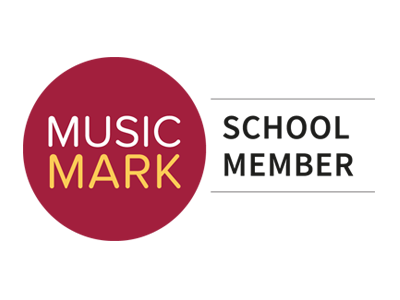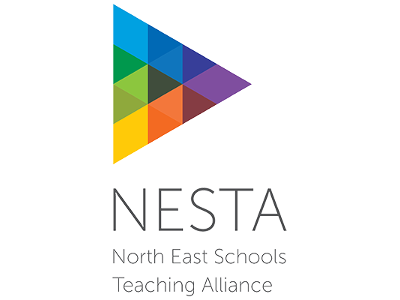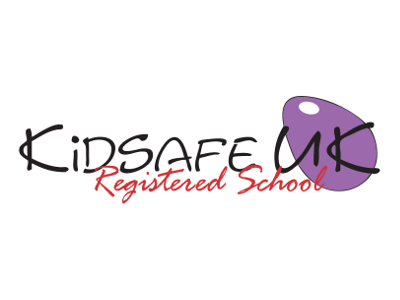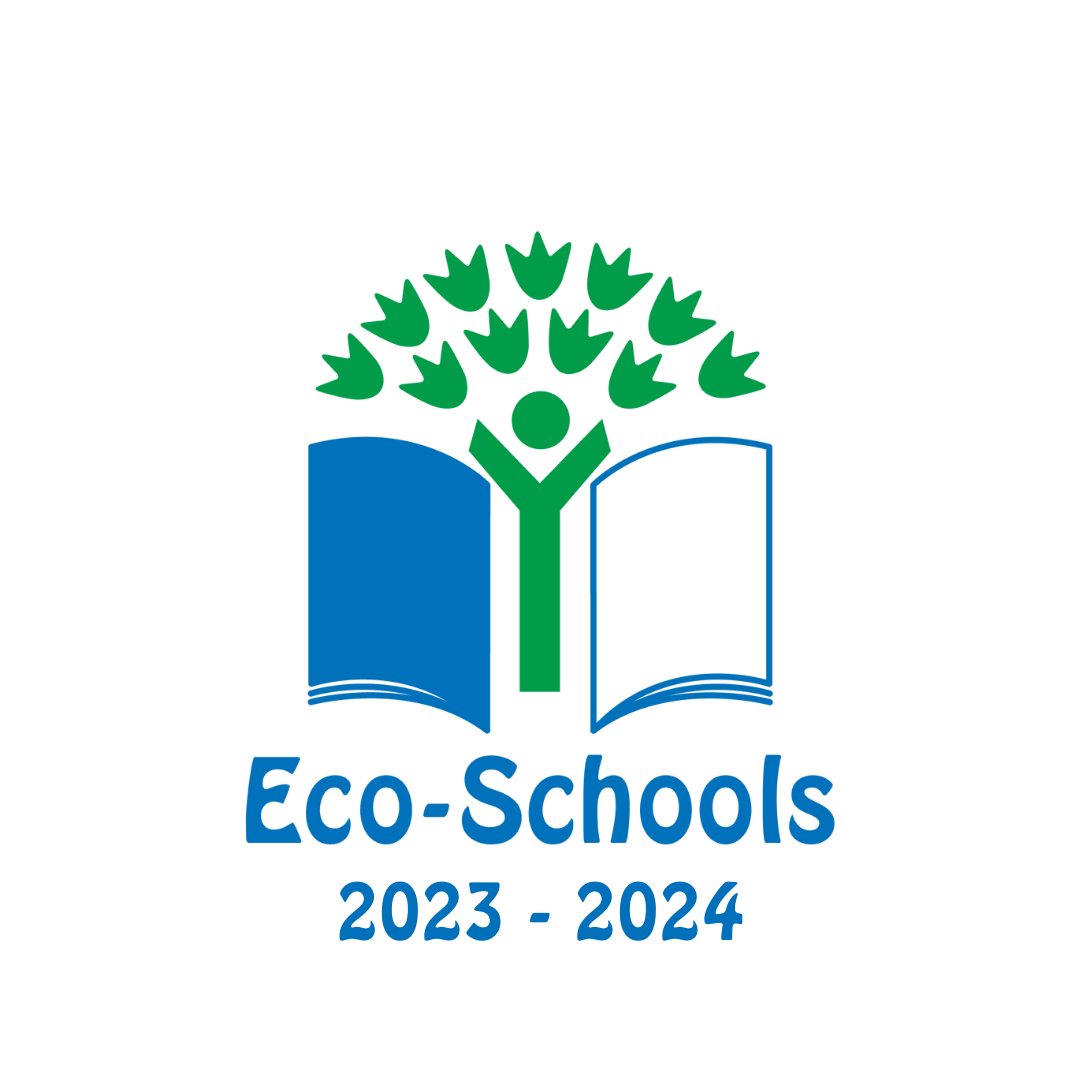Geography – Year 2
Download
Download our Year 2 Geography curriculum here.
Geographical Enquiry |
Physical Geography |
Human Geography |
Geographical Knowledge |
|---|---|---|---|
| I can label a diagram or photograph using some geographical words. I can find out about a locality by using different sources of evidence. I can find out about a locality by asking some relevant questions to someone else. I can say what I like and don’t like about my locality and another locality like the seaside. |
I can describe some physical features of my own locality. I can explain what makes a locality special. I can describe some places which are not near the school. I can describe a place outside Europe using geographical words. I can describe some of the features associated with an island. I can describe the key features of a place, using words like, beach, coast forest, hill, mountain, ocean, valley. |
I can describe some human features of my own locality, such as the jobs people do. I can explain how the jobs people do may be different in different parts of the world. Do I think that people ever spoil the area? How? Do I think that people try to make the area better? How? I can explain what facilities a town or village might need. |
I can name the continents of the world and find them in an atlas. I can name the world’s oceans and find them in an atlas. I can name the major cities of England, Wales, Scotland and Ireland I can find where they live on a map of the UK I can point out where the equator, north pole and south pole are on a globe or atlas. |
Purpose of study |
|---|
| Pupils should develop knowledge about the world, the United Kingdom and their locality. They should understand basic subject-specific vocabulary relating to human and physical geography and begin to use geographical skills, including first-hand observation, to enhance their locational awareness. |
Aims |
|---|
| Location knowledge
Name and locate the world’s seven continents and five oceans. Name, locate and identify characteristics of the four countries and capital cities of the United Kingdom and its surrounding seas. Place knowledge Understand geographical similarities and differences through studying the human and physical geography of a small area of the United Kingdom, and of a small area in a contrasting non-European country. Human and physical geography Identify seasonal and daily weather patterns in the United Kingdom and the location of hot and cold areas of the world in relation to the Equator and the North and South Poles. Use basic geographical vocabulary to refer to: Key physical features, including: beach, cliff, coast, forest, hill, mountain, sea, ocean, river, soil, valley, vegetation, season and weather. Key human features, including: city, town, village, factory, farm, house, office, port, harbour and shop. Geographical skills and fieldwork Use world maps, atlases and globes to identify the United Kingdom and its countries, as well as the countries, continents and oceans studied at this key stage. Use simple compass directions (North, South, East and West) and locational and directional language (e.g. ‘near’ and ‘far’; ‘left’ and ‘right’) to describe the location of features and routes on a map. Use aerial photographs and plan perspectives to recognise landmarks and basic human and physical features; devise a simple map; and use and construct basic symbols in a key. Use simple fieldwork and observational skills to study the geography of their school and its grounds and the key human and physical features of its surrounding environment. |
| Possible topic: | Possible topics: | Possible topics: |











